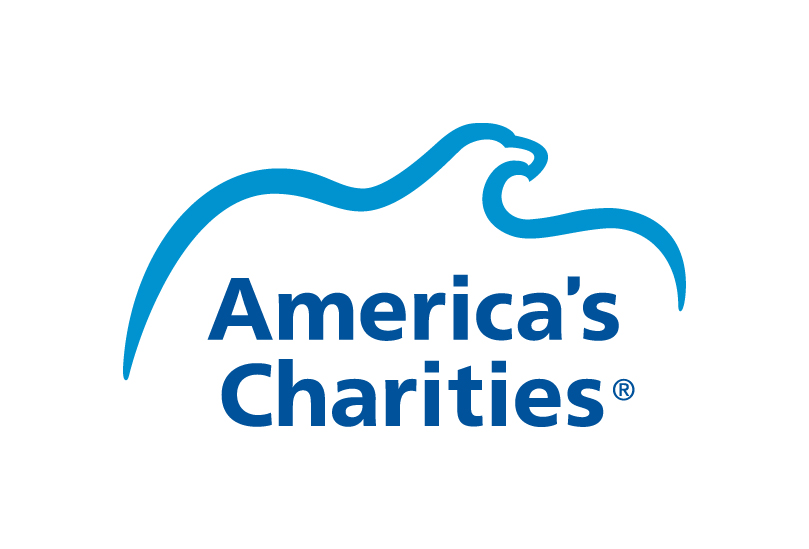Three Challenges You Need to Consider When Disbursing and Safeguarding Employee Workplace Giving Donations

After employees donate through an employee giving program, then what happens?
The answer to that question begets a slew of other questions that employers need to consider when handling charitable funds from workplace giving programs.
The fact is, processing and disbursing charitable contributions is a complex process, with a number of risks and costs involved that can have significant, long-term ramifications on your business’ bandwidth, budget, and bottom-line.
The Challenges
Here are three important areas you need to consider if you decide to process and disburse your organization’s charitable donations. Each carries its own set of challenges and risks that need to be carefully weighed.
- Risk Mitigation and Support:
- If you plan to handle your charitable funds management in-house, how long will your company hold on to donations? Are you able to accommodate that liability?
- What data privacy and security protections do you have in place? How will you comply with new federal and state privacy laws?
- How do you know the charities your employees choose are legitimate? How will you ensure their donations are tax-deductible – not just today but throughout your campaign?
- What will you do when a charity is no longer qualified to receive donations designated by an employee, or you find out the donation was not eligible for a tax deduction?
- What will you do when a charity appears on the Office of Foreign Assets Control (OFAC) list, also known as the terrorist watch list, or its tax-exempt status has been revoked by the IRS?
- Accurate and Timely Distribution:
- How many giving options do you make available to your employees: payroll giving (the most beneficial to employees, nonprofits, and employers), credit card, check, PayPal, PTO, commission, etc.? Do you have a system and process for processing funds across all of these methods?
- How do you know the funds actually get to employees’ designated charities?
- How fast are you able to disburse donations to nonprofits receiving funds from your program?
- How will you manage returned checks from charities?
- Costs, Communication, and Transparency:
- How much time and how many people from your team would it take to manage and distribute donations in-house?
- How will you handle donor receipting and acknowledgment?
- How will you process information in order to provide transparent, meaningful reporting about that data for key stakeholders?
- How do you track and manage your employee, financial, and charity data?
- Do you make your privacy policies clear and accessible?
- Who can your employees go to with questions about their donations, and likewise, who can nonprofits turn to with questions about their funds? How many channels, such as email, phone, and online chat, are available to get in touch with your team?
- How will you develop and share donation and distribution reports, and stakeholder reports for charities, employees, and your leadership?
- How will you document your due diligence across all categories?
While the questions above are far from exhaustive, they really do provide an accurate indication of the complexity involved with managing charitable funds, and just how many areas of business this process impacts. America’s Charities can, and does, speak from experience.
In truth, many organizations, particularly risk-averse companies, have found it more fiscally responsible, cost-effective, and efficient to outsource this work to a reputable partner with proven experience and funds management processes. Don’t just take our word for it. Click here to read how one of our clients saved more than $225,000 in one year and scaled its impact, simply by having America’s Charities manage their charitable giving funds.
The Benefits of Charitable Workplace Giving still outweigh the Costs
We want to be very clear: managing charitable funds may be complex, but the rewards of charitable workplace giving far outweigh the risks. Both of our organizations have written at length about the value and benefits of workplace giving. Learn more about SmartSimple’s articles on automating your matching gifts programs and simplifying disaster relief donation campaigns, and short America’s Charities reads here and here – but in a nutshell, workplace giving engages your employees by improving morale, boosting productivity, and building culture; increases your organization’s social impact and brand recognition; invests in the communities in which you live and work; reduces the administrative burden on charities—and changes the world. Don’t let a bad funds management experience detract from all that good!
We’d love to talk to you about the ins and outs of safeguarding and managing your charitable funds, and how your organization can utilize America’s Charities’ funds management expertise or SmartSimple’s CSR software -- together or separately.
With an unparalleled level of knowledge and experience in the employee giving space, America’s Charities offers the entire back-end funds management process, including matching gifts, donation transactions, charity vetting, financial reporting, employee assistance funds, and more. And if you combine that with a platform like SmartSimple Engage, you have a true full-scale software + service solution to help your company stop focusing on the many small tasks that comprise each giving, engagement, and CSR program and instead focus on what really matters: building culture, supporting communities, and changing the world.
To learn more about America’s Charities Fund Management Services, SmartSimple Engage, and how they can work for you, contact us by clicking here.
Looking for a workplace giving technology partner?
Click here to learn how to best navigate the process, click here to better understand the fees involved, and click here to learn the six common pitfalls to avoid.

